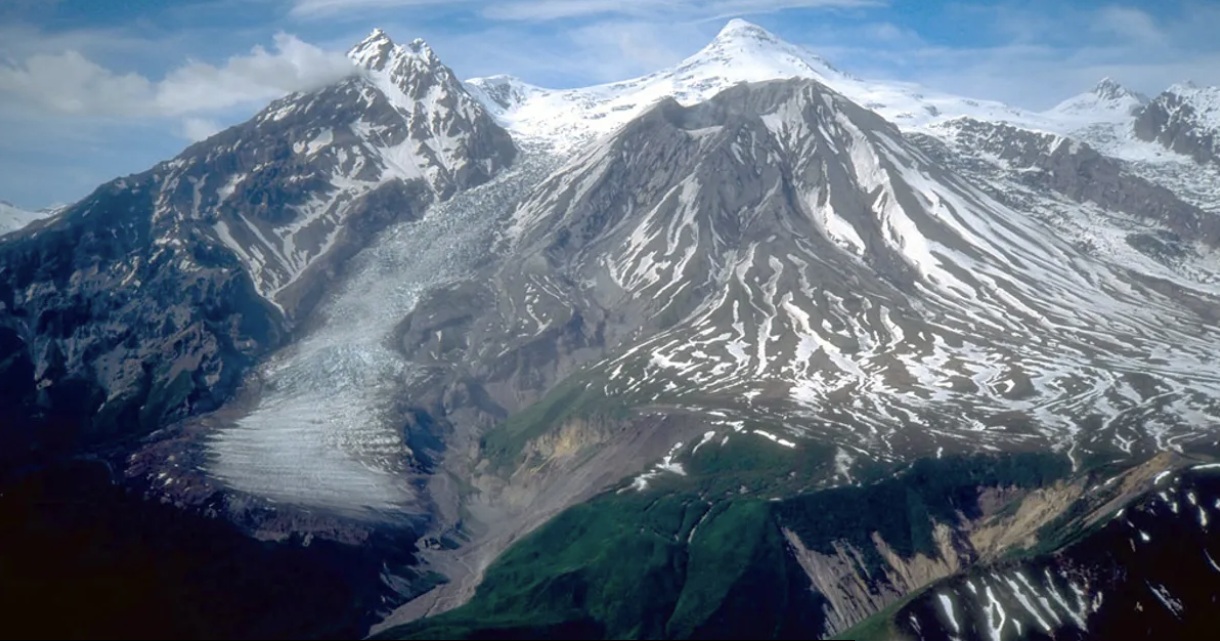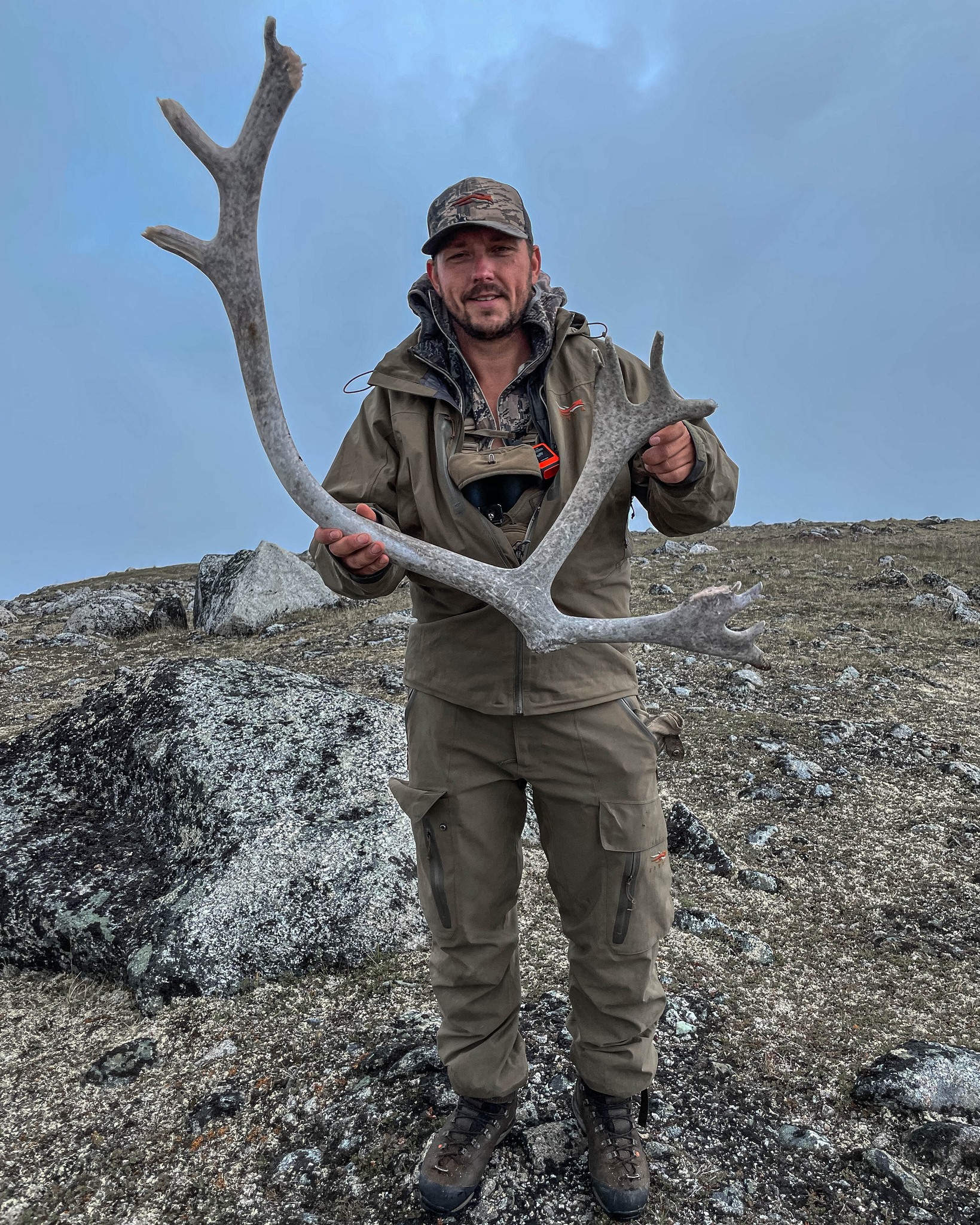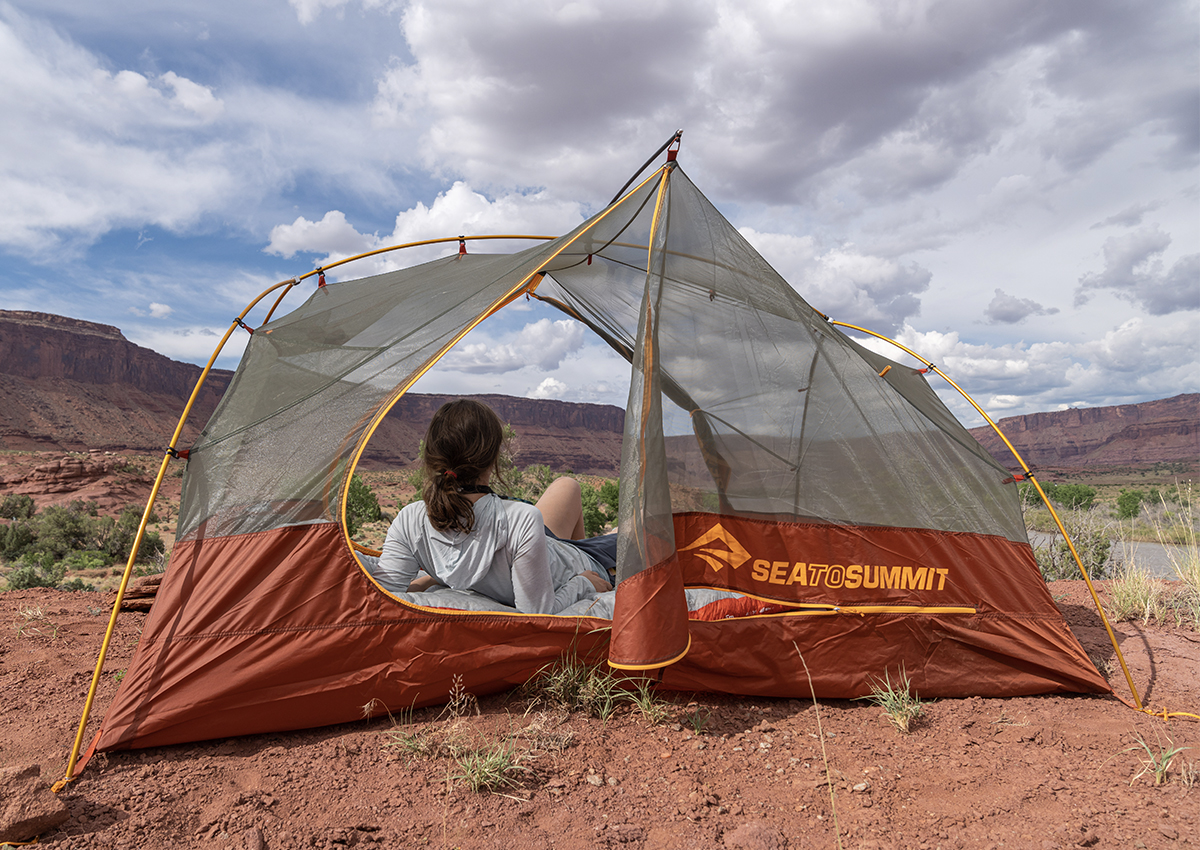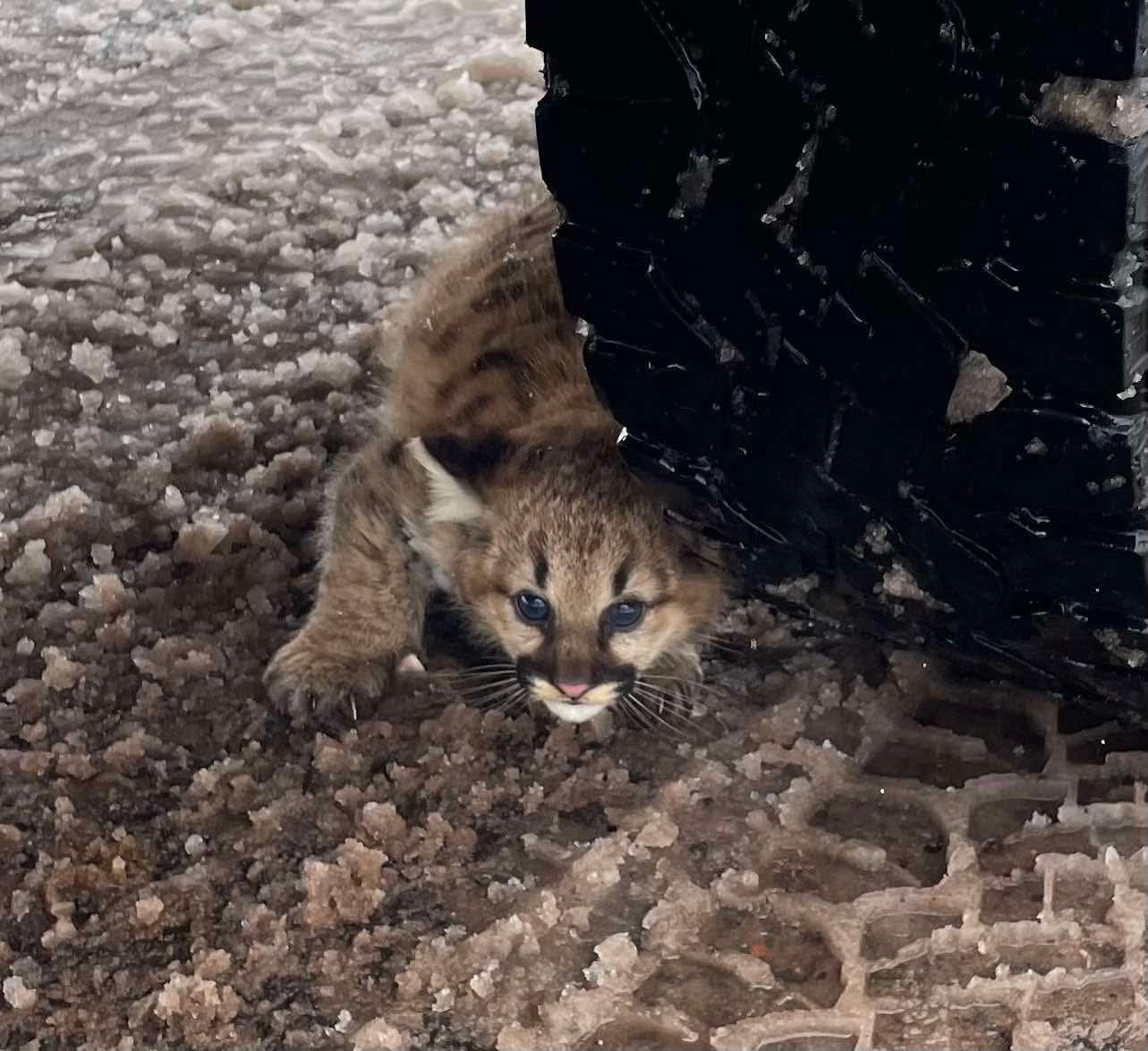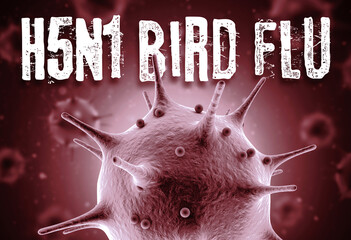16 Deer Hunting Mistakes You Won’t Make Again Next Season

As deer season concludes, diehard hunters will process a range of emotions. They celebrate great memories and try to forget fresh heartbreak. Despite the ups and downs, deer season cares not about your successes or failures.
Months of off-season will follow, and then, another deer hunting season will begin.
Want to be a better hunter next year? Don’t make the same mistakes again next season. I’ve collected a list of common traps and mistakes that deer hunters love to make. If you haven’t already made these mistakes, learn from others who have. Here are deer hunting mistakes you won’t (or at least shouldn’t) make again next season.
Checking Trail Cameras Too Often
Trail cameras can be addictive. I remember the days of battling the impulse to go yank cards, even when it hadn’t been a full week since the previous pull. For most camera locations, that’s far too much, and shouldn’t be done. Checking cameras too often only adds pressure and diminishes the quality of a hunting area.
Thankfully, with the advent of cellular cameras, hunters can deploy cams without the need to pull cards. But you can even check your cell cams too often. Getting immediate updates from cell cams kills battery life, which requires you to go out and refresh batteries (and contaminate the area). It’s better to set your cams so that they send pictures once every 24 hours. Some states even mandate this.
Relying on Trail Cameras Too Much
Trail cameras have their place in the hunting world, no doubt. But sometimes, hunters rely too heavily on these scouting tools. Remember that scouting is multifaceted, and it includes numerous tactics. Examples include boots-on-the-ground scouting, glassing from afar, and more.
While trail cameras are exceptional at inventorying the deer herd, it they don’t capture every whitetail. Furthermore, it’s possible for deer to be close to a camera and not trigger it. So, just because you aren’t seeing deer on cams, doesn’t mean they aren’t in the area.
Use trail cameras appropriately, but don’t overlook other forms of scouting. Likewise, weigh each element of scouting proportionately.
Visiting Hunting Areas Too Often
Hunters can come up with any number of reasons to visit the farm. But those who want to kill mature bucks, are much better off leaving it alone. Unless you’re going to complete important land management or hunting tasks, refrain from tromping around the property. When there, get as much work completed as possible and condense the work into narrower windows. This creates less pressure on the local deer herd.
Being Too Passive or Aggressive
Deer hunting is a balance of being aggressive and passive. Too aggressive and you botch an opportunity before it comes. You’ll simply push deer off the property so that the neighbors get a crack at them. Too passive and you let a potential opportunity slip right by. Great hunters understand the intricate balance between passive and aggressive deer hunting tactics. They deploy efforts along that scale appropriately after reading the situation and hunting accordingly. Plan your level of aggression based on the conditions and deer movement you’re experiencing at the time.
Not Enough Range Time
Hunters should practice each facet of the craft. This includes honing your shooting skills. Serious bowhunters practice all year long (you should too). And rifle hunters who expect to make perfect shots during the moment of truth need more than just one sight in session before the season. It doesn’t matter how long you’ve been a deer hunter, shooting is a perishable skill, and you need to practice it. On a related note, adequate range time will also help make sure your gear is dialed in (rangefinder batteries are good, bow string isn’t frayed, etc.)
Read Next: The Biggest Myths and Misconceptions Around Deer Rifles, Cartridges, and Shooting
Choosing Poor Stand Locations
Throw a dart at a map of a decent hunting property, and you could kill a deer from that spot. But hunting mature bucks just isn’t that easy. Oftentimes, it can come down to choosing one tree vs another. Finding that spot is an important step in the target-buck hunting process. Evaluate your stand locations this off season and move those stands that aren’t as productive as they should be.
Selecting Subpar Access Routes
A stand location might be excellent, but if you can’t reach it without deer seeing, hearing, or smelling you, it’s unlikely to pan out. Your stand locations are only as good as the access routes taken to and from them. An average stand location with great access is better than a great stand location with poor entry and exit routes.
Stand Hopping Without Reason
Stand-burnout can greatly diminish an area’s quality, but burnout only occurs if access routes and/or stand locations are poor, or if you hunt stands with bad wind directions.
In contrast, constantly jumping from one stand to the next doesn’t help things either. Deer don’t do the same thing every day. They bed and feed in different places, especially leading up to and throughout the rut. Therefore, randomly stand-hopping actually reduces your chances of intercepting a buck. Instead, find the best spot, and wind permitting, stick with it for at least several days during the rut.
Not Going with Your Gut
Your “gut feeling” is a combination of instinct, a culmination of experience, and real-time info. Unless you have firm reasoning to go against your gut … don’t. Even when you don’t fully understand why it’s the right move, something about your subconscious is telling you it’s the way to go. Make sure to listen.
Leaving Calls and Decoys at Home
You shouldn’t use calling, rattling, and decoying on every hunt. In fact, for most hunts, these shouldn’t be used at all. But that doesn’t mean you shouldn’t have them available and ready to deploy. When the time is right (during the late pre-rut and early rut), consider throwing all three into the mix. Even outside that timeframe, grunting at a deer that’s traveling away from your position, or not close enough for a shot, can work, too.
Missing (Or Skipping) Important Dates
Missing, or skipping, peak-rut dates isn’t good. In each given location, the rut occurs at virtually the same time each year (plus or minus a day or two). That said, from place to place, peak rut dates are different. So it’s crucial to learn the peak rut dates for your hunting area. Then, be there for the days leading up to, and during, peak-rut action.
Also make sure to hunt temperature drops, just after rain or snow events, before and after weather fronts. Hunting these high-odds days will lead to better sits.
Failing to Implement Situational Deer Hunting Tactics
Deer hunting is situational. What works for one hunt won’t work for another. The tactic that bags one buck won’t be right for a different one. For example, most of us shouldn’t hunt mornings during the late season, but that just might be the ticket to killing a big buck in a unique situation. In short, deer hunting requires ongoing analysis of the situation and responding accordingly.
Rushing the Tracking Job
Recovering wounded and dead game is a vital skill (read our guide on how to blood trail deer). At the very least, hunters must be knowledgeable of whitetail anatomy, take proper shots according to their ability, see the hit and understand how the deer will likely respond. But the actual tracking part requires patience and experience. The truth is, most deer hunters get excited and rush their tracking jobs. They end up bumping marginally hit deer. They disrupt bloodtrails that tracking dogs could otherwise follow. So err on the side of waiting too long. And if the sign doesn’t look promising, back out and call a tracking dog whenever possible.
Having Poor Priorities
Hunting is important. For some, it’s a major element of their lives. But never allow it to overshadow other more important things. God, family, friends, and work are bigger than deer hunting for me. Keeping those priorities in check prevents a passion for deer hunting, or bagging big bucks, get in the way of a fulfilling life.
Read Next: How to Make Deer Hunting Fun Again
Accidentally Making Anti Hunters
One afternoon, I took a friend hunting, and he shot a big doe. (His second deer ever.) The next day, I went through the car wash in town to get some of the deer blood out of my truck bed. It freaked out the workers good and proper.
As is customary, they peeked over into the back, and the reaction was immediate. Forgetting this city was about 60% Yuppy Town, three distressed grimaces and one sly smile appeared.
Finally, some other workers came over and looked at my truck for several more minutes. I teetered on really hamming it up or explaining the situation.
After letting them stew a bit, I looked back and gruffly said, “Deer blood.” The manager was still apprehensive but let me through and asked if I wanted the receipt. He acted surprised when I said, “Sure do.”
So, in an effort to help a friend and create a new hunter, several anti-hunters were likely born. A net negative for the hunting community.
The takeaway that day was: sure it can be fun to mess with nonhunters, but ultimately that doesn’t help our cause. I’ll be getting my truck washed elswhere in future seasons.
Looking Down on Other Hunters
It’s impossible to miss the gun season opener in my neck of the woods. There’s the plethora of blaze orange at gas stations. The pre-dawn light show of red and white beacons signaling signs and wonders from each reach of the compass.
This year on opening morning I spotted the silhouette of a truck, collapsed blind, and two neighboring hunters sitting within five yards of each other.
But who am I to criticize.
That’s probably a father and son enjoying their first hunt. Or two old friends telling stories of times when they were really mad at ’em. A mentor showing a new hunter how to shoot one. Maybe they didn’t have the means to replace the blind that toppled over, and they made the very best of the situation.
Any number of scenarios might’ve played out on that hilltop. But the one scenario that shouldn’t have? Me shaking my head from the valley below. I hope they killed the big one.
A Farewell to Deer Season
So let’s salute the end of our deer season. It was filled with good fun, great memories, and some big bucks. But as one ends, another soon begins. Thus, I welcome the deer season to come. Until then, I’ll be waiting, shooting, preparing, and daydreaming of the coming days in the deer stand.
Read the full article here


